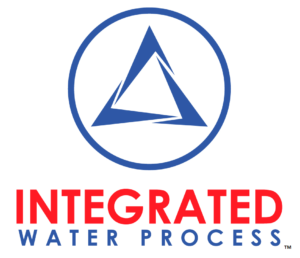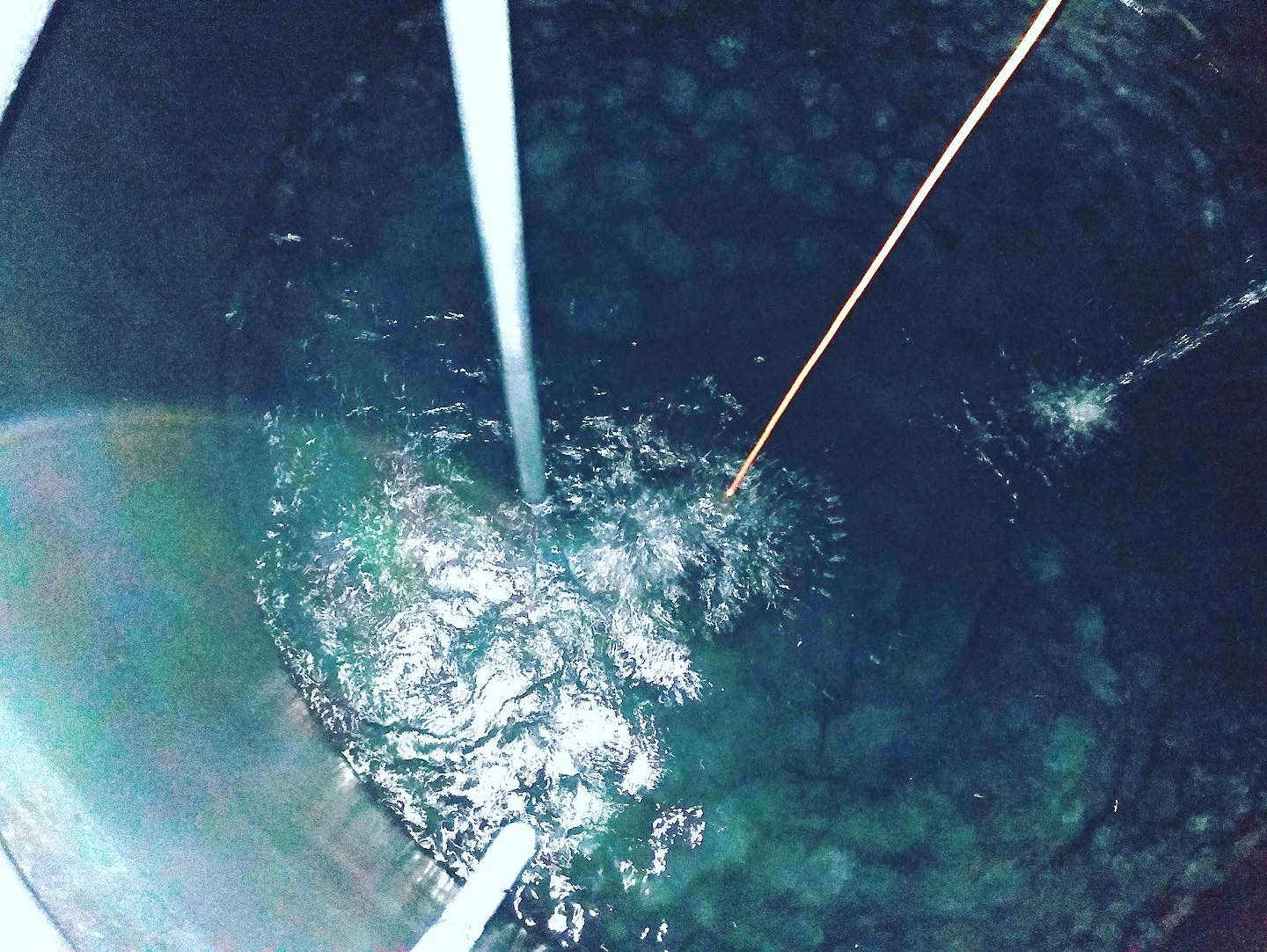ARTICLES

Condensate Recovery System for Indoor Growers
Planning a Condensate Recovery System
The importance of water quality and sustainability in indoor cannabis cultivation cannot be overstated, and one often-overlooked source of high-quality water is a condensate recovery system. In this Condensate Recovery System Guide guide by Brad Hull on Cannabis Business Times, the focus is on understanding and evaluating condensate water quality and how blending it into can affect your source water delivered to your crop.
Understanding Condensate Water Quality
“The quality of condensate water varies depending on several factors, including the source of the condensation and the equipment or process from which it is collected. Condensate water is essentially distilled water, which is produced when water vapor condenses out of the air back into a liquid state that accumulates on some surface. Theoretically, the condensation process results in water that is relatively “pure” as measured by alkalinity or EC; however, the actual quality of condensate water can be influenced by several factors:” including the source, airborne contaminants, corrosion, and with the drain collection pans.
Effect of Condensate Recovery on Primary Source Water Quality
The article discusses the impact of condensate recovery on the water quality of primary water sources in cultivation operations. It focuses on three key water quality parameters: alkalinity, electrical conductivity (EC), and microbial load.
Excessive alkalinity in the primary water source prompts growers to reduce it through processes such as neutralization, demineralization, or dilution. Dilution, specifically blending with another source, like condensate water (CDW) or rainwater, is explored. The article provides a simplified example and step-by-step calculations for mixing to reduce alkalinity.
Similarly, when the conductivity of the primary water source is too high, growers seek to lower it through dilution or demineralization/desalination processes. The article emphasizes the importance of adding a source with lower EC than the primary one. A simplified mixing problem is presented to illustrate this process.
The third parameter discussed is microbial contamination, highlighting the biosecurity risk posed by recovered condensate water. CDW, accumulated during drainage and collection, contains organic contaminants that increase Biochemical Oxygen Demand (BOD) / Chemical Oxygen Demand (COD). This creates an ideal environment for microbial growth, resembling an aerobic reactor. The risk intensifies during prolonged storage, leading growers to consider sanitation methods such as chemical treatment, Ultraviolet (UV) sterilization, or pasteurization when microorganism concentrations are excessively high. Overall, the article underscores the importance of managing these water quality parameters for successful cultivation operations.
Connect with Us
Are you ready to simplify your water management and enhance your cultivation process? Connect with us today, and let’s embark on this journey together.

Stay tuned for more updates and informative content from Integrated Water Process!

